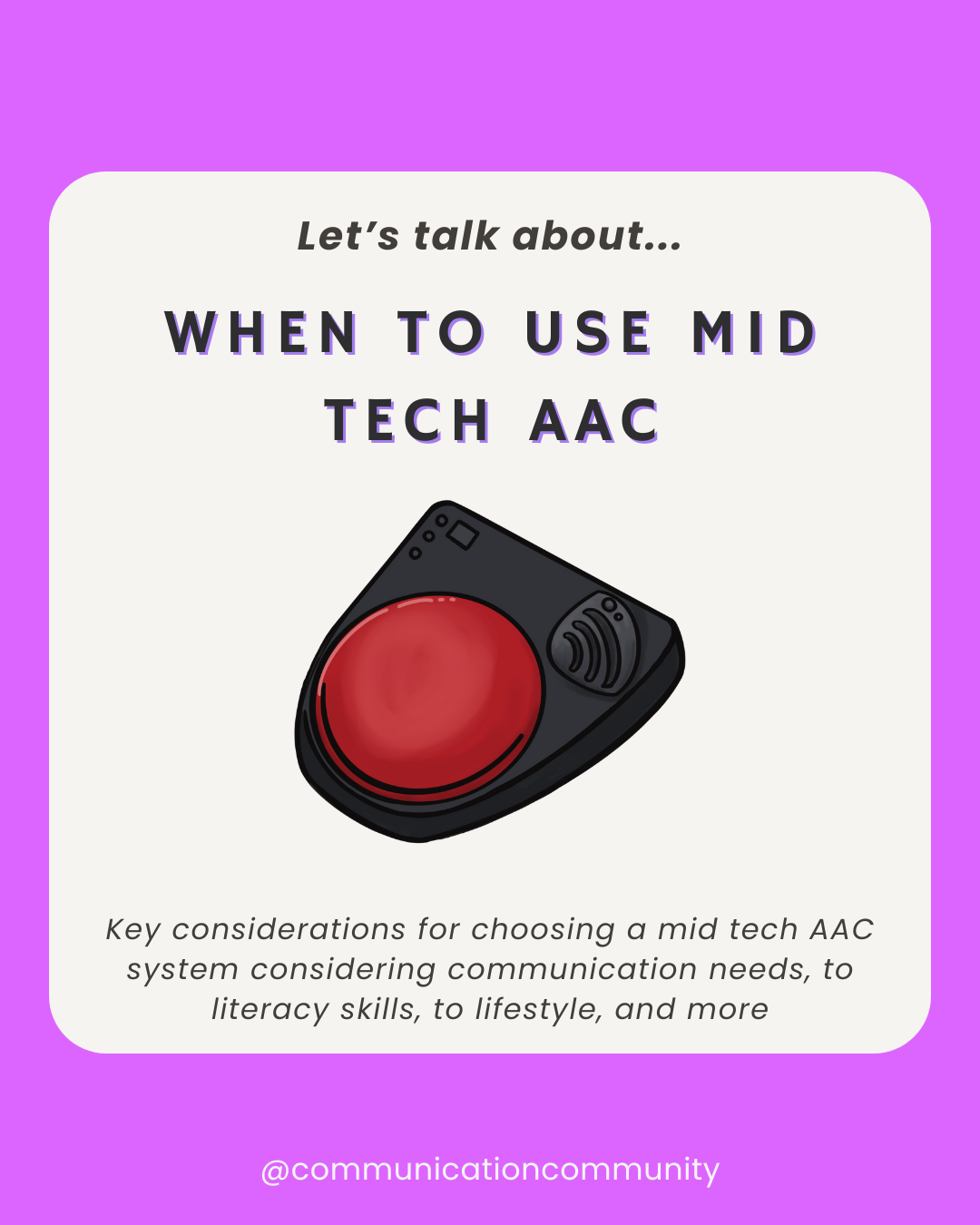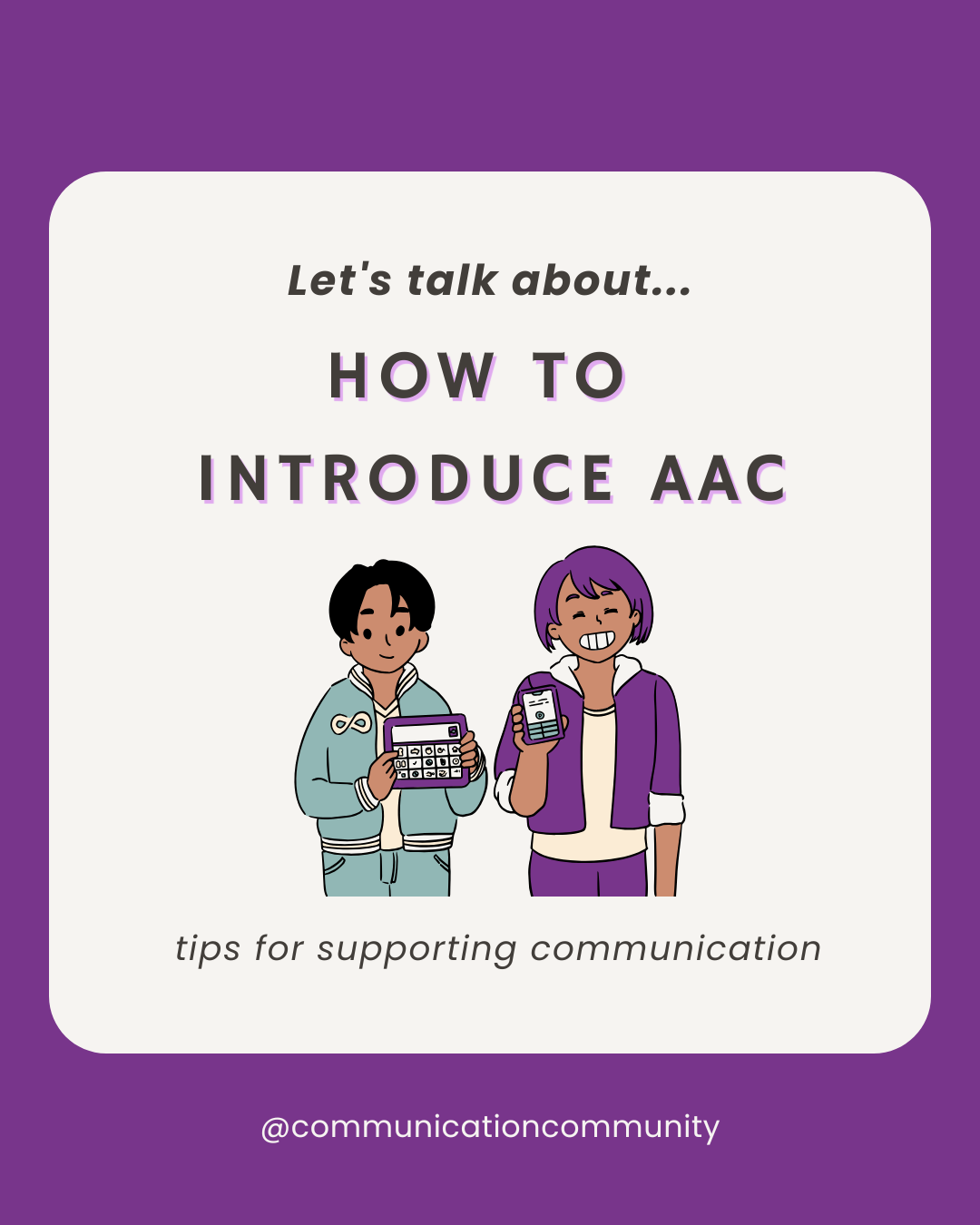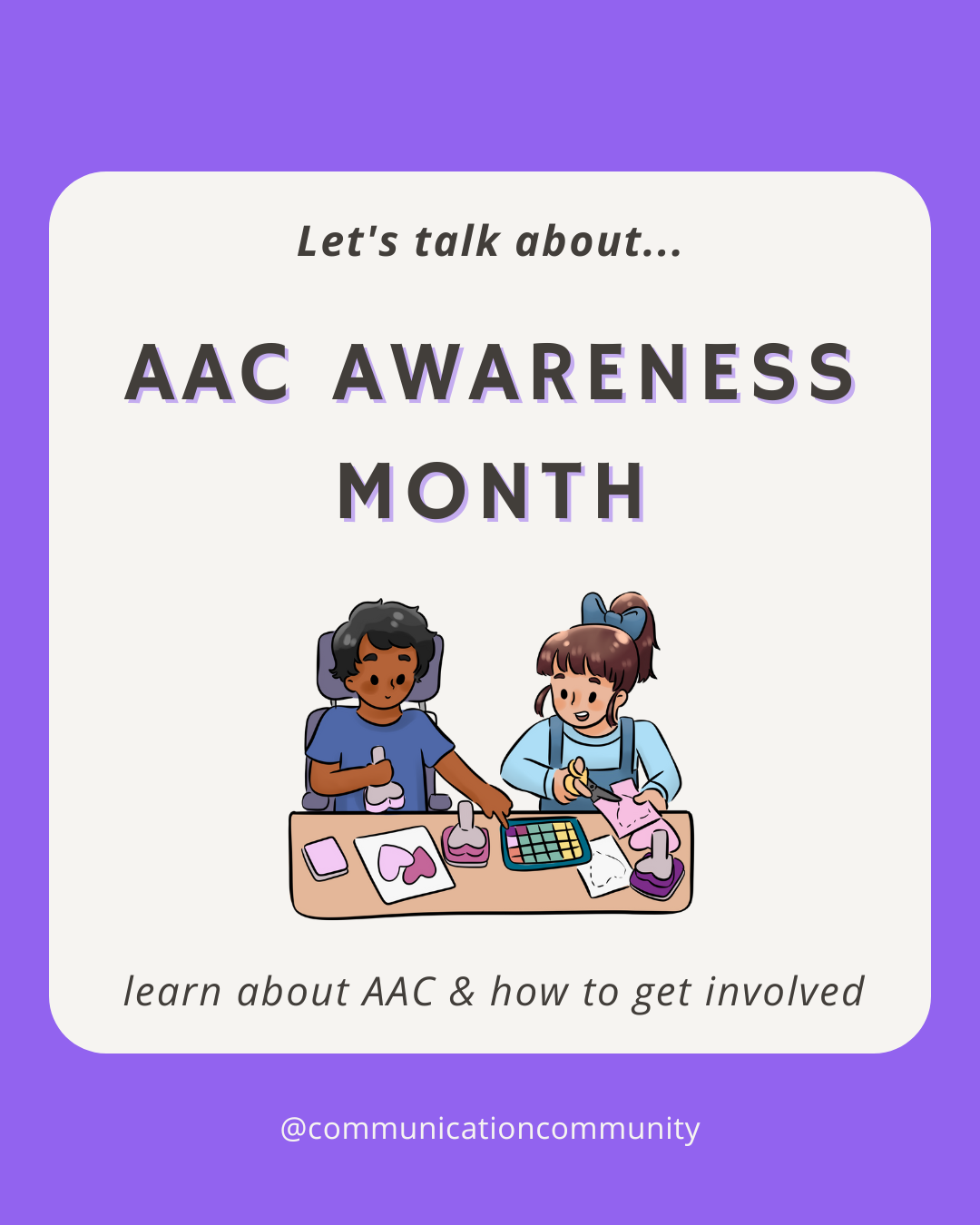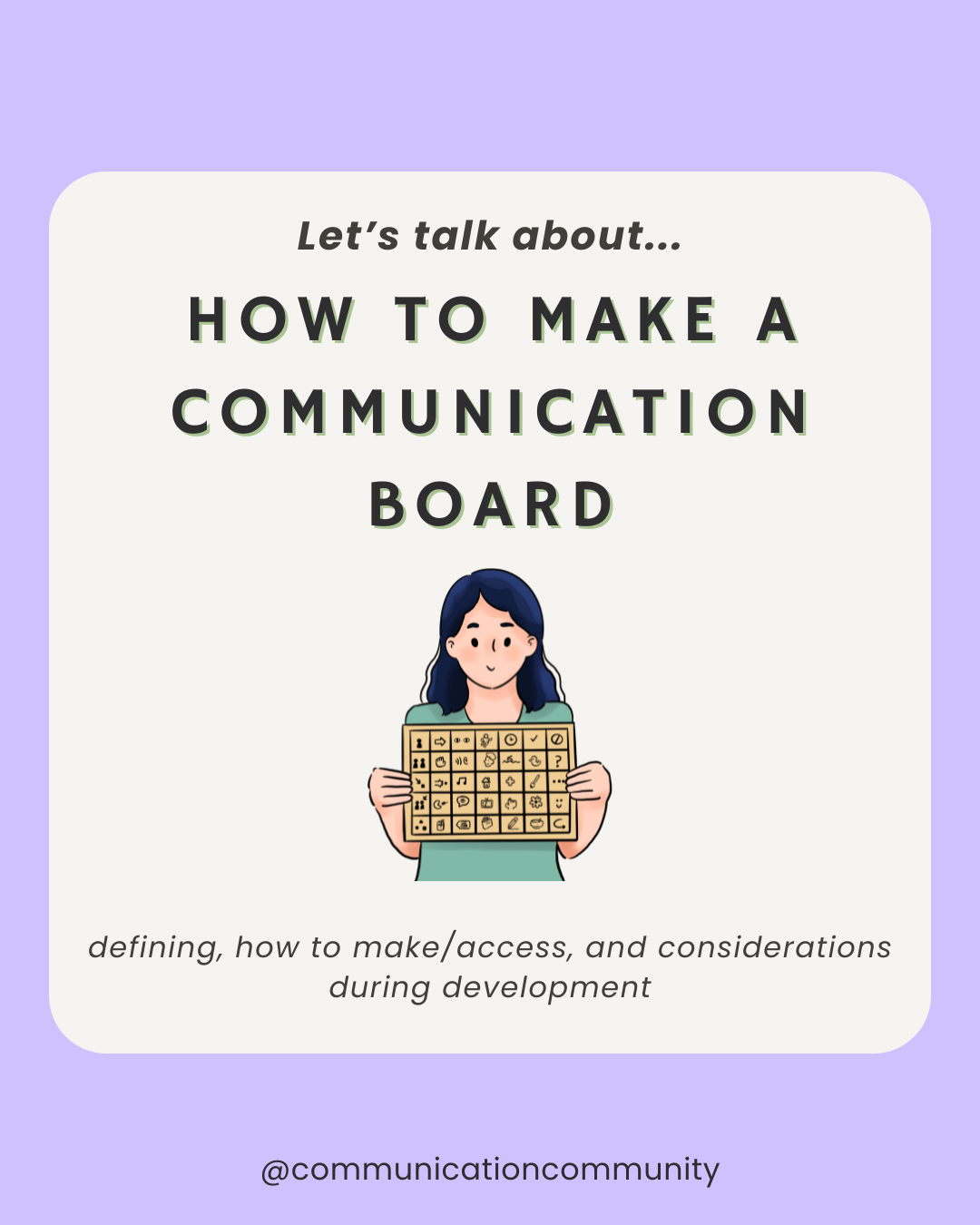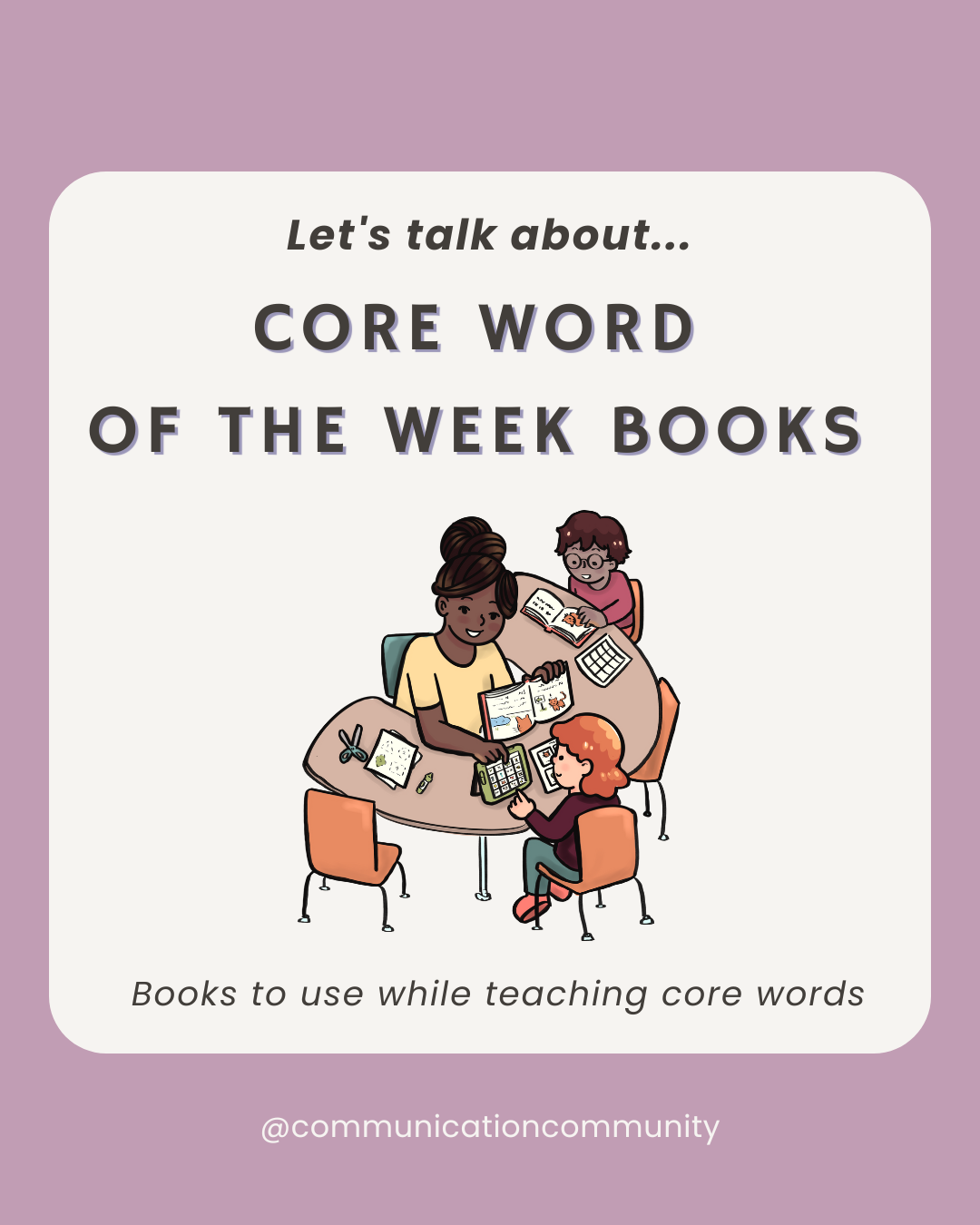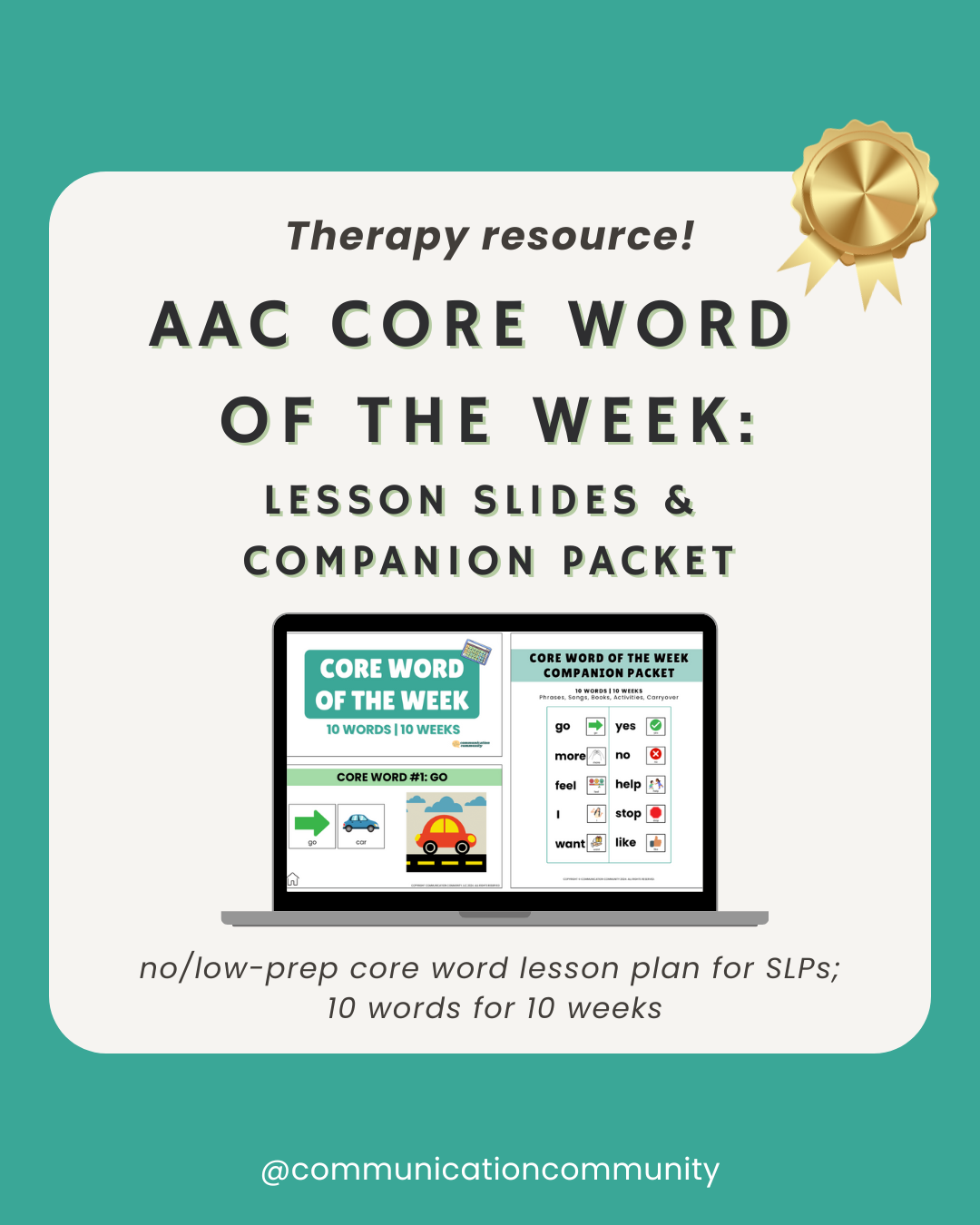Mid tech augmentative and alternative communication (AAC) is typically considered the “midway” between a low tech communication device (think: core words picture board) and a high tech communication device (think: speech generating tablet with digital display).
You may have heard different names or titles for mid tech AAC devices or find them grouped into different forms of low/high tech AAC depending on the classification system you are following; but that is the general gist. You can read more about different AAC systems in our former Low Tech and Mid/High tech AAC Files articles. Some of the most common mid tech AAC systems include:
- Big Mack
- GoTalk
- QuickTalker
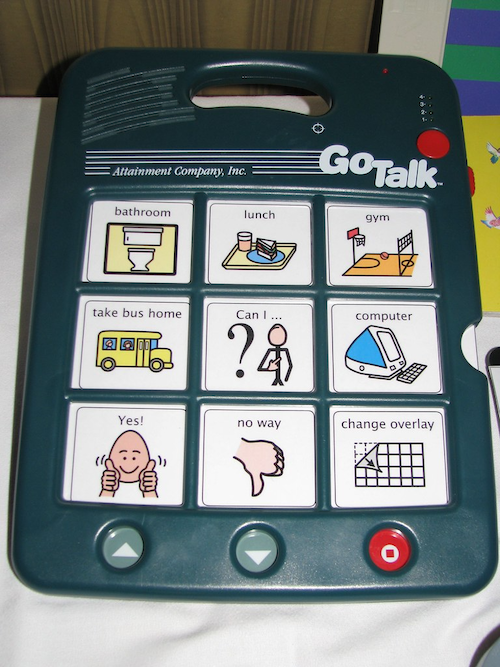
If you found yourself on this page because you are curious or overwhelmed by all of the types of AAC systems out there - you are not alone! It can be tricky to find the appropriate augmentative communication for the client/loved one you are working with, so narrowing down to the level of technology is always a good start! Are you curious when you should use a mid tech AAC system or another form for that matter? Well, let’s break down some considerations and questions to ask yourself or the family you are working with.
Communication needs:
What are the individual’s primary communicative functions? Do they use communication primarily for requesting and asking for assistance? Or does the individual have a wider array of communication skills such as commenting, responding to questions, and initiating conversations? If your client/loved one has a comprehensive language system with a multitude of independently initiated communicative functions (e.g., commenting, initiating conversations), a mid tech AAC device may limit the breadth of their communication. Or maybe your loved one is using a low tech AAC system with 2 to 3 communicative functions, which they have “outgrown.” Perhaps a mid tech AAC system with acoustic feedback and a more sophisticated layout is the next step for that individual.
Literacy skills:
Literacy is also another important factor to consider. Is the individual a reader? Can the individual identify a few sight words? Based on your formal and/or informal assessments, does the individual respond well to a picture based system? Yes? Okay, does using a symbol-based system (e.g., SymbolStix) or realistic pictures (e.g., snap from your iPhone) yield more communication than something like written text? How many symbols can the individual identify? If they are able to identify a high ratio of symbols or pictures that pair with their current communicative repertoire (let’s say around 15 symbols/pictures), then a mid tech AAC system may be appropriate. Additionally, a mid tech AAC system like a QuickTalker can be a suitable device if the individual requires different pages for varying communicative contexts (e.g., mealtime, deskwork, etc.). In this situation, they may benefit from using a QuickTalker with a few different pages to communicate with others.
Lifestyle:
Communication with the family about the individual’s day-to-day is very important when considering if a mid tech AAC system is best for your client. Does your family member spend most of their day outdoors and engaging in physical activities? Perhaps a device with options for secure casing and/or waterproof functions is something to think about. I’ve had clients in the past that have shifted between two different types of systems depending on their daily activities. For example, an individual may use a GoTalk mid tech AAC device during their school programming and activities within the home; in addition to using a low tech system (i.e., laminated pages on key ring) when they are engaging in water play or their horseback riding lesson. Some other questions: Will the user tolerate holding a system (e.g., carrying around the device) from place to place? Is the user safe handling their system (e.g., they won’t throw it, drag it on the ground, or drop it) or would they require full-time supervision to ensure the safety of themselves and/or the mid/high tech device?
Motor Skills:
Consider the individual's motor strengths and/or limitations that could prevent them from independently accessing their system. Does the AAC user have the fine motor access to extend their index finger to make a selection? How about manual typing? Working with other related service professionals (e.g., occupational therapists, physical therapists, etc.) can be key when visiting these questions. Cheers to collaborative models! Vision is also a key component. Does the individual have an occular/occipital impairment that may limit the type of grid system they use (e.g., a 12 button system versus a 42 grid system)? Many mid tech AAC devices do not extend past 32 buttons, so an individual who has the manual dexterity (and communicative functions) to quickly access 42+ buttons and a keyboard may not lean towards a mid tech system. In terms of broader physical limitations (e.g., impairment limited use/control of upper extremities), will the individual require something like an eye gaze system (i.e., high tech)?
Data:
Let’s say that you found a device that checks all of the boxes. Great! But one of the most, if not most important factors to consider is data. There should be adequate data to show that the individual has undergone formal and/or informal assessments to help narrow down to the device(s) most suitable for that individual. That’s often where our preceding points like communication, literacy, lifestyle, and motor skills are evaluated. Performance measurement data is KEY. This means that based on teachings and extensive trial data, the individual responds well to the system and shows an increase in progress with use. Tip for caregivers: this is also what insurance companies look for when determining if someone is a proper candidate for a funded system! Make sure the SLP you are working with is accurately recording all of the required data and they obtain as much information as possible (think: individual shows success/improvement using device across multiple contexts and settings).


Independent use and maintenance of one’s AAC system is important for increasing ownership, so it is imperative that all of the above factors are considered before making an AAC device selection. Having a sense of ownership of the system increases one’s ability to maintain use and development of this system overtime. It is our, as the SLPs, responsibility to ensure that each language system we build for our clients is properly assessed, evidence-based and individualized to fit the individual being served. If you are a parent/caregiver who has noticed that their child has reached mastery with their communication system and are curious as to the next “steps,” consult with their SLP. Perhaps a mid tech AAC system is the right fit!
Citations/further resources:
https://www.aacpdm.org/UserFiles/file/IC2-Marx-2.pdf
https://www.asha.org/public/speech/disorders/CommunicationDecisions/
https://liberator.net.au/pub/media/wysiwyg/Choosing-an-AAC-Device-for-Your-Child_2.pdf

